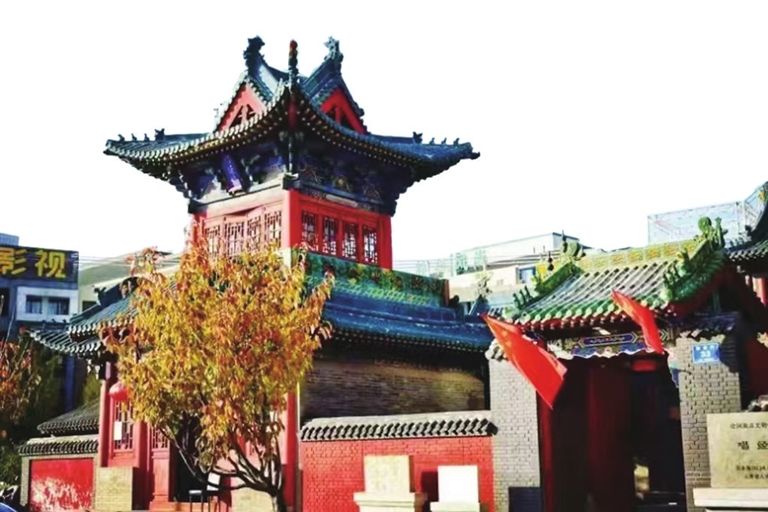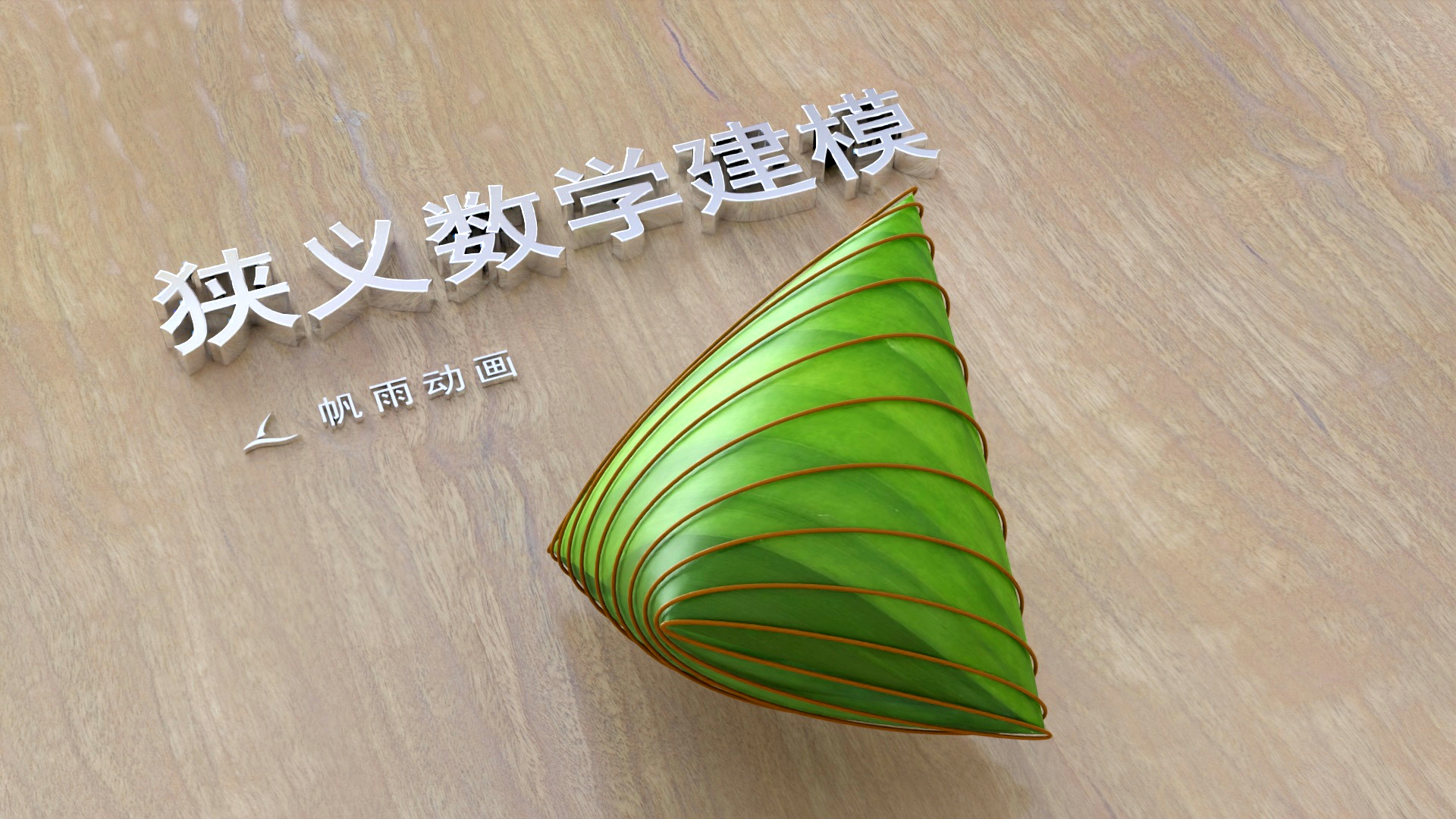Title of the Gold List -Entering the Taiyuan Imperial Cultural Museum
Author:Taiyuan Daily Time:2022.07.05

The picture shows the places of the ancient announcement of the gold list -singing the Scripture Tower. The picture is provided by the Taiyuan Discipline Museum
Five hundred years ago, she stood in the eager eyes of everyone and witnessed the time when the student's cold window was studying hard and Yu Yue Longmen. Five hundred years later, she was hidden in the downtown, and she was still upright, watching the development and changes of the city quietly. Even though her high -rise buildings were standing, modern and modern, she was still red walls and a simple temperament.
Pushing the red door of the red red, walking into the inner courtyard of the Singing Sutra Building Group in Gulou Street. The Singer Tower and the main hall are connected by a north -south corridor, and the entire building group constitutes a "work" yard.
This is the place where the Ming and Qing Dynasties examinations were officially released after the Shanxi Township Examination was officially released, and the "Five Scripture Leaders" was released.
In the Ming Dynasty, the examination examination was divided into three levels, namely the hometown, the test and the temple test. Township test, every three years, the location is in the administrative ambassador, which is today's provincial capital. On the tenth day after the exam, the list was announced, and the day before the list was issued, the officials of the scholars in the singing building sang the first place, a certain government, a certain county, and a certain student. The scope of the imperial examinations is mainly concentrated in the "Book of Songs", "Shangshu", "Book of Rites", "Zhou Yi", "Spring and Autumn", and the first place in each scripture is "the head of the five classics".
According to the records of Qing Daoguang's "Yangqu County Chronicle", the Singing Tower was built in the early Ming Dynasty. It was rebuilt during the Ming Zhengde period and expanded during the Ming Wanli period. Later generations were repeatedly built. In the thirty -five years of Kangxi in the Qing Dynasty, the Spring and Autumn Places were added. The Singing Scripture Tower was one of the few publicity and singing gold lists in the imperial examination cultural relics during the Ming and Qing Dynasties.
The imperial examination system has continued for 1300 years in Chinese history. For more than a thousand years, the imperial examinations have advocated fair competition and the standard of admission with examination results is a major creation of traditional Chinese politics. It broke the monopoly of the power of the power of the power, and provided a relatively fair and fair competition platform for the majority of intellectuals in the middle and lower classes. On the other hand, the atmosphere of positive learning and hardworking formed in society has greatly increased the number of intellectuals in ancient Chinese society, promoted the prosperity and development of ancient Chinese culture, and had an important impact on the development of ancient Chinese education.
Entering the Singing Sutra Tower, the first floor is the Five Kui Hall. Ancient students, township trials, conferences, hall test papers, and categorized gold lists and other items. Although the test paper is a copy, the handwriting and columns are neat and neat, and the roll surface is neat and clean, like printing. Through or Juanxiu or strong handwriting, we can still read their ambitions to improve the governance of officials and the governance of Xingbang.
After picking up the steps, I entered the second floor of the Singer Tower -Singing Scripture Pavilion, and looked south. Hundreds of years ago, officials of Taiyuan government sang the Sutra Tower, and the officials sang the names, address and other information of the "Five Classics" here. Many students are nervous, expect, and look forward to listening carefully under the singing scriptures, just like the mood when waiting for the college entrance examination results today.
People who could go to the gold list in ancient times were the best people who looked up. Therefore, the decoration of the Singer Tower contains strong cultural characteristics. Singing the second floor of the Scripture Tower is set up with a flat eaves. On the surrounding seats, there are relief dragons, peacock peacocks, and blue glazed columns. Step -by -step brocade pattern. Although after hundreds of years, the glorious and exquisite glasses of Liuli still exudes the style of penetrating history.
Singing the Sutra Tower is south and facing the streets, and it is built on the street. The main hall is a place where the government officials are sacrificed before and after singing. Although they were rebuilt through the Qing Dynasty, the main structure still retains the style of the Ming Dynasty. bottle.
The Spring and Autumn Tower is located on the east side of the main hall. It is a single -eave hard mountain top corridor building. This architectural form is to build a gable wall on the left and right sides of the roof. It is flat with the roof. It is not only conducive to preventing wind blowing, but also to prevent the spread of fire when the fire occurs, reflects the folk characteristics of local buildings in Shanxi.
Guo Meiyu, deputy director of the Taiyuan Guandi Temple Museum, said, "Today, the imperial examination system has been abolished for more than 100 years, but the Singing Singers still has an irreplaceable role. There are a few ancient buildings with high cultural value. "
In 2003, the Municipal Government repaired the Singing Scripture Tower. In 2004, the Singing Tower was listed as a provincial cultural relics protection unit by the provincial government. In 2013, the Singing Economic Council was announced by the State Council as a national key cultural relics protection unit.
Guo Meiyu introduced that last year, a theme exhibition was held, which attracted many tourists to understand the cultural content of the imperialism, the content of the imperial examinations, and the form of imperial examinations, and intuitively experience the charm of the imperial examination culture. At the same time, the exhibition in the Singers also created a "small and refined" historical museum around the citizens, providing people with a platform that recalled the ancient and modern, traced back Confucianism and cultural exchanges. stand up". Reporter Hu Yinping Taiyuan Evening News
- END -
"Silk Road Memory · Great Wall Feng Bone" Liquan Hanjian Calligraphy Works Exhibition opened in the orchid

Calligraphy works exhibition site. (Photo confession of the Provincial Literary Cu...
Mathematical mystery: The relationship between parabola and Mobius belt

Recently, one thing has troubled me, a simple but unable to start. It is said that...